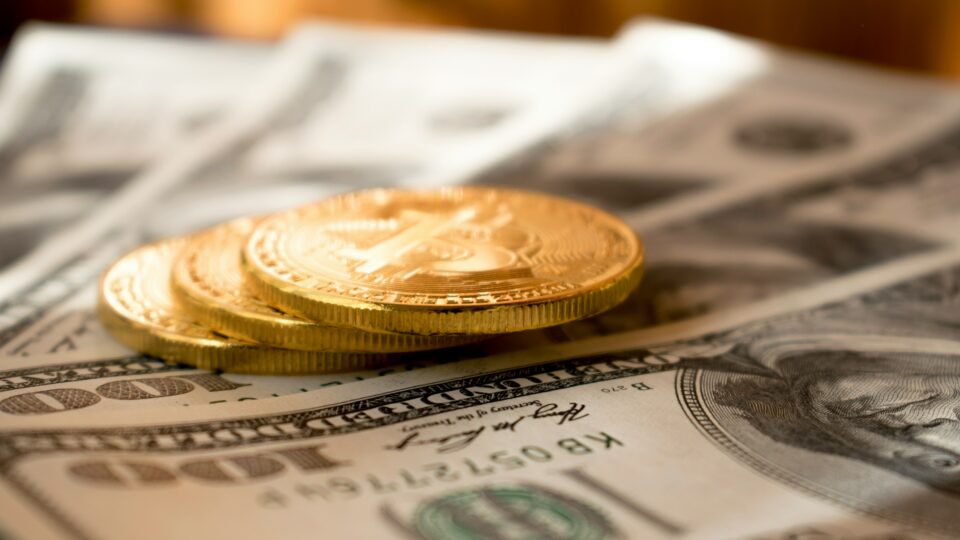As expected, gold and other precious metals traded lower, selling off the exuberance and consolidating after the election results. There’s been a lot of price action in the last week. So let’s take a look at where prices stand as of November 15:
The price of gold was at $2,562 on Friday. It was down about 3.9% or $85 from a week earlier. It is down $211 or 7.6% from its high on October 30.
See the current gold price
The price of silver hovered around $30.24 on Friday. It was down 2.7% or around $0.83 from a week earlier. It has declined $4.50 or 12.9% from its pre-election price on October 29.
See the current silver price
Huge Shift in US Politics
Whether you see the election outcome as a good thing or a bad thing, there was uniformity in the political shift. There was a sea of red on the American map, with enough margin in the popular vote to give Trump an unambiguous win and mandate to fix things. Exit polls noted that inflation and immigration were top of mind. Threats to democracy ranked as a top concern on both sides of the aisle.
The election set the stage for significant shifts in fiscal and monetary policy, which will have profound implications for the precious metals market. In the months ahead, these are the key factors we’ll be watching:
Market Overvaluation and Gold
The U.S. stock market is currently exhibiting signs of overvaluation. The Buffett indicator, which measures the total market capitalization of U.S. stocks relative to GDP, has reached an unprecedented level of over 200%. This far surpasses the peak of 146% seen during the dot-com bubble in March 2000. Such extreme valuations historically precede major market corrections.
As investors become increasingly wary of overvalued equities, we may see a rotation into gold as a protective measure. This could provide significant upward pressure on gold prices, especially if a market correction materializes.
Fiscal Policy and Inflation Concerns
The newly-elected Trump administration has signaled intentions to implement policies that many economists consider inflationary.
However, the situation is complex. The U.S. is currently in a precarious fiscal position, with “True Interest Expense” (entitlements plus net interest expense) exceeding tax receipts. This leaves the government in a position where it needs to borrow just to pay interest on its debt.
Trump’s pledge to reduce the deficit through spending cuts could potentially lead to two scenarios:
- If spending cuts are implemented while the dollar remains strong and bond yields are rising, it could trigger deflationary pressures and potentially pop the current financial asset bubble.
- Alternatively, if the administration manages to weaken the dollar and contain Treasury yields before implementing spending cuts and tariffs, it could push inflation higher.
Both scenarios could be positive for gold, albeit for different reasons. In a deflationary scenario, gold could benefit from its safe-haven status. In an inflationary scenario, gold’s traditional role as an inflation hedge would come into play.
Global Reserve Asset Shift
Perhaps the most intriguing long-term trend that could significantly impact gold prices is the potential shift in the global reserve asset system. Trump’s proposed policies, if implemented, could inadvertently accelerate a transition from a “dollar recycling” system to a “gold recycling” system.
The current U.S. dollar-centric system requires the U.S. to run deficits to supply the world with dollars and Treasuries for trade. However, Trump’s agenda of reducing deficits, implementing tariffs, and reshoring industrial bases is incompatible with this system. This could necessitate a shift towards gold as a neutral global reserve asset.
Recent record global central bank gold purchases suggest that this process may already be underway. If this trend continues and accelerates, it could drive substantial long-term demand for gold, potentially leading to significantly higher prices.
Set Up Your VaultPlan
In the short term, we expect to see more consolidation in the precious metals markets. However, the long-term outlook for gold is a continued march upward in an extended bull run. The best way to add more ounces to your portfolio is through regular investments.
With Vaulted, you can put your gold and silver acquisitions on autopilot through VaultPlan. You set the desired amount, date and frequency (up to twice a month), and Vaulted handles the rest. All you need to do is log into your account, set up your plan, and sit back while VaultPlan grows your savings.











